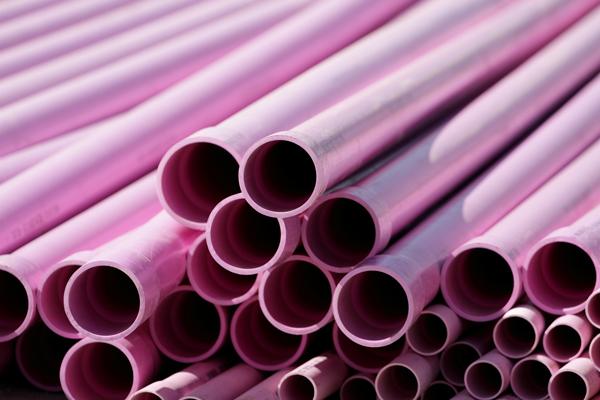Water rates may seem confusing, but they are easily understood with a little explanation of how rates are determined, adjusted and reflected on your monthly bills. In this article, we answer your questions on why water rates increased, what triggers the adjustment, how they are implemented and what customers can do to manage their bills.
Why did SJW increase water rates?
First, it’s important to understand that rates are not set by San Jose Water (SJW). They are set by the California Public Utilities Commission (CPUC), an independent third party. The CPUC sets rates that are aligned with the cost of service required to deliver safe, high-quality and reliable water service at fair and reasonable rates. When SJW requests a rate increase, which it is legally required to do every three years, it must justify its case for the increase in an application that is thoroughly reviewed by CPUC staff and the Office of Ratepayer Advocates (ORA) over a period of 12 to 18 months. ORA’s mission is to obtain the lowest possible rate for customers while maintaining safe and reliable service.
What factors trigger a water rate increase?
In general, water rates are determined by two things. The first is recurring expenses, also known as the yearly cost of operations. The second factor that affects water rates is capital investments in the water system. These costs include infrastructure investments to replace or upgrade aging pipes, pumps and wells. However, there are also rate changes in water supply costs that cover wholesale water charges from the Santa Clara Valley Water District. These are passed on to SJW consumers without markup. A 10% increase in wholesale water costs translates approximately to a 4% increase in SJW water rates. Other pass-through rate changes include tax increases and rises in the cost of electricity to move water from facilities through tanks and water mains.
Didn’t SJW just raise water rates?
SJW is required by law to file an application for new water rates once every three years. The application covers rate increases for the three years following the year of application. For example, the 2012 application sought new water rates for January 1 of 2013, 2014 and 2015. Since this application was approved more than 18 months late (in August 2014); rates were retroactively collected back to January 1, 2013. This magnified the rate increase and made it seem like rates were being increased within a very short period of time, though they were actually planned as yearly increases on January 1 of a given year. Similarly, the 2015 application for new water rates in 2016, 2017 and 2018 was not finalized until June 2016. This again required rates to be adjusted to account for the six-month delay. Pass-through rate increases for water supply costs from the Santa Clara Valley Water District further compounded the increase.
How can SJW customers manage their bills?
SJW offers many ways for customers to manage their water bills. Our comprehensive Water Conservation Program offers numerous resources (like print brochures and website information) to help customers use water more wisely. Additionally, customers can sign up for free water audits conducted by SJW staff. During the inspection, we will check your home for leaks, evaluate water use and make recommendations. Customers can also apply for the Water Rate Assistance Program (WRAP), which offers a 15% water rate discount to qualifying low-income households. Visit our website for more information on this program.
Visit our Rate Information, Cases, + FAQs page for additional information.
